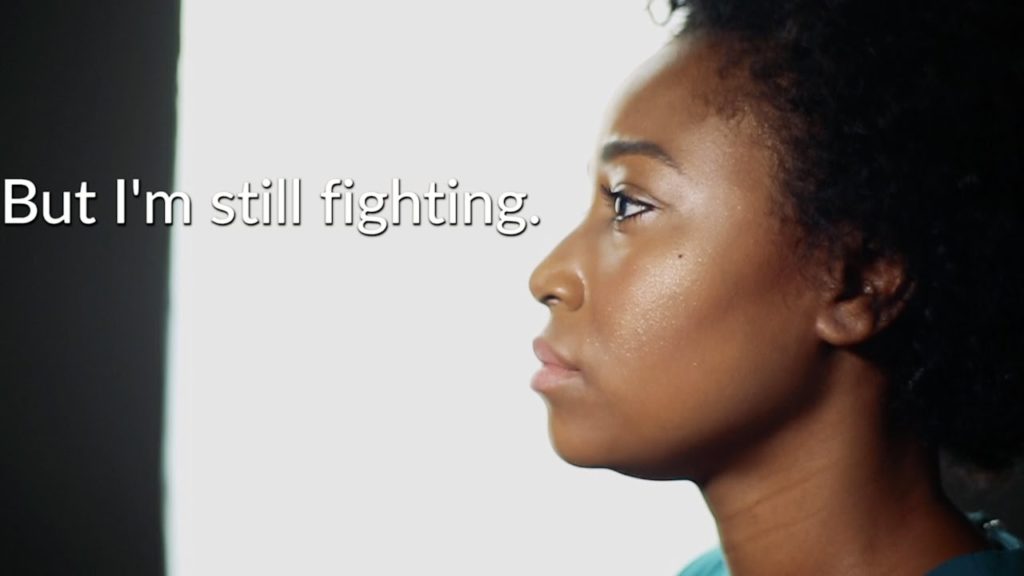Helping Someone With Chronic Pain
pain
Some great exercise tips for people with chronic pain for invisible i
Exercise Routine for Chronic Pain
Some great exercise tips for people with chronic pain for invisible i
For other ideas check out our previous blog post here.
Fibromyalgia and Chronic Pain: Survival Tips!
Can religious belief help with pain relief?
“Research at Oxford University has found believers can draw on their religion to endure suffering with greater fortitude,” The Daily Telegraph reported. Many newspapers covered a study in which Catholic and non-religious volunteers were given electric shocks while they studied religious and non-religious paintings. It was reported that Catholics felt less pain when they were shown a picture of the Virgin Mary. MRI scans also showed that areas of the brain involved in inhibiting pain response were activated in Catholic participants as they studied the religious image.
Although this study was carefully designed, any interpretations to be made from these results are limited due to a number of factors. The experiment only involved a small number of people, subjective assessments of pain were used, and the research was limited to looking at Catholics and non-believers in their response to two images. Additionally, the electric shocks that were given cannot be considered truly representative of pain and medical illness. Religious faith (or its absence) is a highly individual matter. Healthcare professionals who are supporting people suffering from pain and illness and who are considering broaching religious issues should do so with full respect for all belief systems and personal boundaries.
Where did the story come from?
The research was carried out by Katja Wiech and colleagues from the Universities of Oxford and Cambridge. The study was supported by the Oxford Centre for Science of the Mind, and was funded by the Templeton Foundation. The study was published in the peer-reviewed medical journal, Pain.
What kind of scientific study was this?
The authors state that although religious belief is often claimed to relieve physical pain, how this happens from a psychological and neurological standpoint is unclear. They say is it not implausible that religious states and practices can influence pain, and although the effect of religious belief on pain has not been investigated in a controlled experimental setting, a number of studies have demonstrated that psychological processes can modulate pain.
In this experimental study, the authors wanted to investigate the effect that religious belief has on pain, and the psychological and neural mechanisms underlying it. Their theory was that by helping believers to reinterpret the significance of pain, some degree of emotional detachment is achieved.
The researchers recruited 12 practising Roman Catholics and 12 non-religious subjects, including people with atheist and agnostic views. All subjects were healthy with no medical illnesses; their average age was 26 and 70% were female. All subjects filled out a questionnaire on their beliefs, confirming that they fulfilled the criteria of either having no religious or spiritual beliefs, or that they were devout Catholics who prayed daily, attended weekly mass and took part in confession. The subjects were told that the objective of the study was to see whether pain experience differed when viewing images of different content, but not told that the aim was to investigate the effect of religious belief.
The experiment was conducted in four parts, and involved the religious and non-religious groups being alternately exposed to religious and non-religious pictures. Each trial lasted for eight minutes and during this time, the subjects received a series of 20 electrical stimuli via the back of their left hand. Thirty seconds before each electrical shock, they were shown either an image of the Virgin Mary praying, or a painting by Leonardo da Vinci, which was similar but had no religious connotations. The picture remained in view while the shock was administered, but disappeared for a split second before the shock was given as a warning to the subject that the shock was coming. The intensity of the shocks had been individually calibrated for each subject, to correct for differences in pain sensitivity among them. The calibration procedure involved each participant being given a series of 10 shocks of increasing intensity to which they gave a verbal intensity rating of between 0 and 100. The point at which they each rated the level as 80 was the intensity used during the experiment.
A baseline image of a white dot was displayed at the end of each trial to act as a control. MRI scanning was performed during each trial.
Following each trial, the participants rated their subjective experience of the pain, and how the image had affected them. They gave an average pain intensity for the trial using a visual analogue scale from 0 = not painful at all, to 100 = very painful. They rated the effect that the image had on their mood using a scale varying from -50 (negative mood) to +50 (positive mood). They also gave a rating of how much the image had helped them to cope with the pain, as well as the familiarity of the image, using a visual analogue scale from 0 = not at all, to 10 = very much.
The researchers analysed differences (in pain experience, mood effect of the image, familiarity of the image and coping with pain) between the religious groups (comparing Catholics to non-believers), and within each subject (comparing the religious image to the non-religious image exposure).
What were the results of the study?
The researchers found that the Catholics’ and non-believers’ experience of pain was not significantly different. However, the Catholic group perceived significantly less pain when presented with an image of the Virgin Mary than with the non-religious image. Non-believers rated their pain experience as equally intense with both images presented.
Ratings of mood differed significantly between the groups, and the Catholic group reported significantly more positive mood when shown an image of the Virgin Mary. Conversely, the non-believer group reported more positive mood when shown the non-religious image. A more positive mood correlated with significantly reduced pain experience in the Catholic group, but not in the non-believers group. Additionally, the image of the Virgin Mary helped the Catholic group cope with pain significantly more than the non-religious image, while the non-believers coped equally well with either image.
The MRI scans showed that all the subjects demonstrated activation of areas of the brain involved in pain processing, and there was no difference between the groups. However, comparing the effects of the religious and non-religious images between the groups, the researchers found that when presented with an image of the Virgin Mary, the Catholic group showed more activity in a part of the brain that the researchers had hypothesised has an effect on pain modulation (the right ventrolateral prefrontal cortex). Although the non-believers rated the non-religious image as being preferred by them, presentation of this image was not associated with increased activation in this brain area.
What interpretations did the researchers draw from these results?
The authors concluded that presentation of a religious image enables believers to reduce how intense they found a painful stimulus to be, and that this effect might be mediated by pain-regulatory processes within certain parts of the brain.
What does the NHS Knowledge Service make of this study?
This research was carefully designed to investigate the psychological and neural mechanisms behind religious belief and how it influences pain. However, there are important limitations to consider:
All the subjects were aware that the objective of the study was to see whether pain experience differed when viewing images of different content. Although they had not been informed that the study was specifically investigating religious beliefs, it seems probable that they may have been able to guess this, and that this would subsequently have the potential for biasing subjective responses to pain in the Roman Catholic group when viewing an image of the Virgin Mary. However, as the authors state, this bias might be expected to have had less influence on the more objective brain imaging assessment.
The study was small (involving only 24 people), and therefore it is possible that differences in the more objective MRI images are due to chance.
The study involved only individuals of the Catholic faith and their response to one image during an experimental scenario. It is not possible to generalise these results to other stimuli of religious faith, to others’ faiths, or conversely to conclude that pain relief of this sort occurs only through “belief in God”, as one newspaper headline states.
The experimental situation involving electrical shocks, where the participants knew their health was not in danger, may not be representative of the more complex physical, emotional and social situation of real-life pain and illness.
Many areas of a person’s life can be influenced by their faith, and religious or spiritual beliefs are known to support many in times of pain or illness. However, the interpretations or conclusions that can be made from this experimental situation are uncertain. Faith is a highly individual matter, and healthcare professionals who are supporting people suffering from pain and illness and who are considering broaching religious issues must do so with full respect for all belief systems and personal boundaries.




